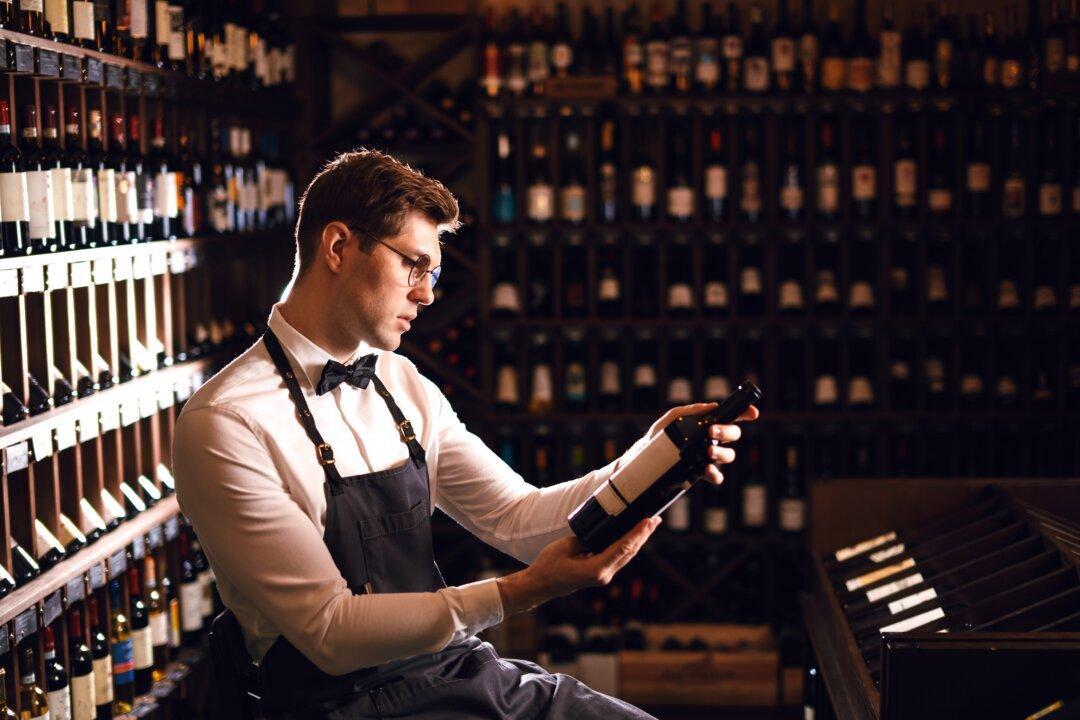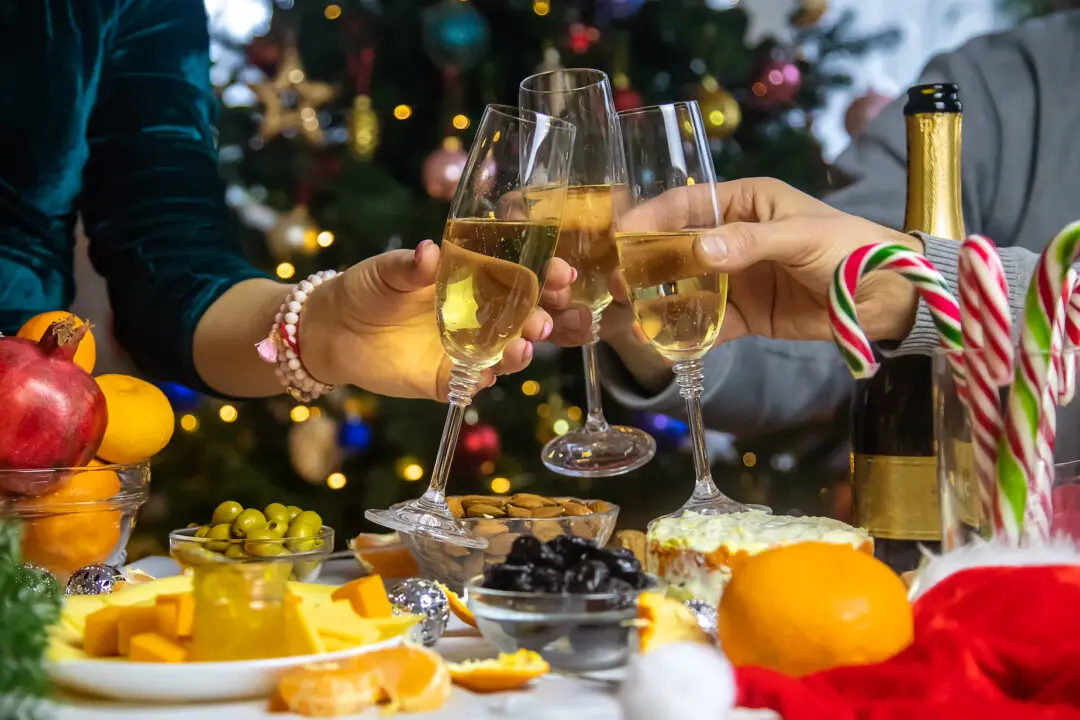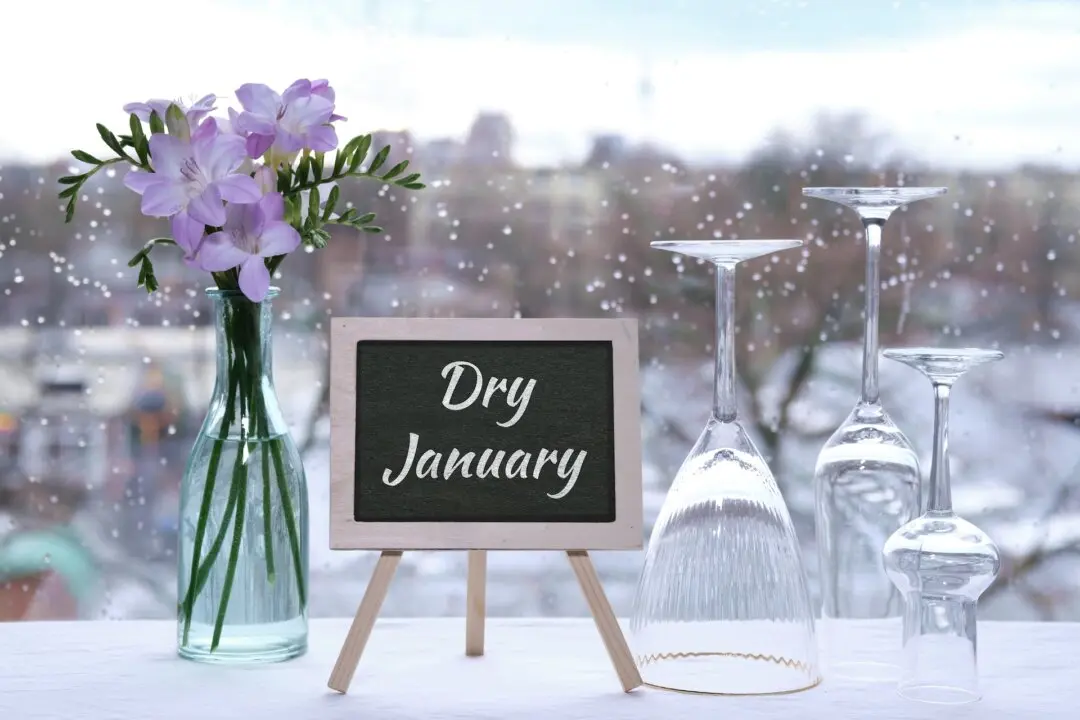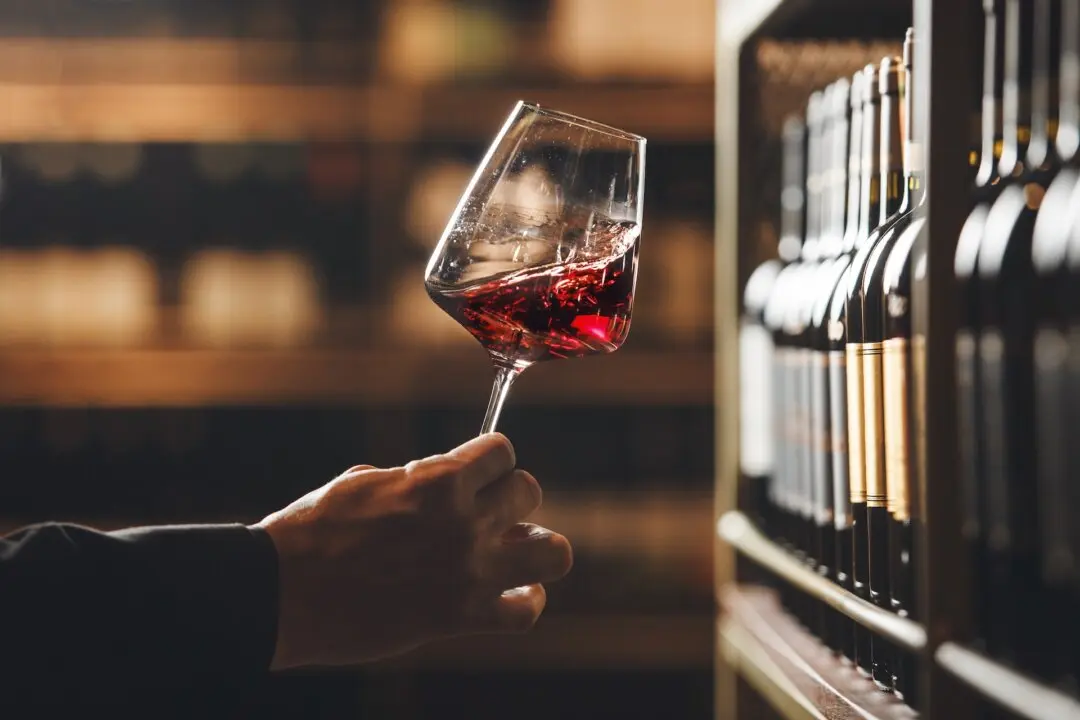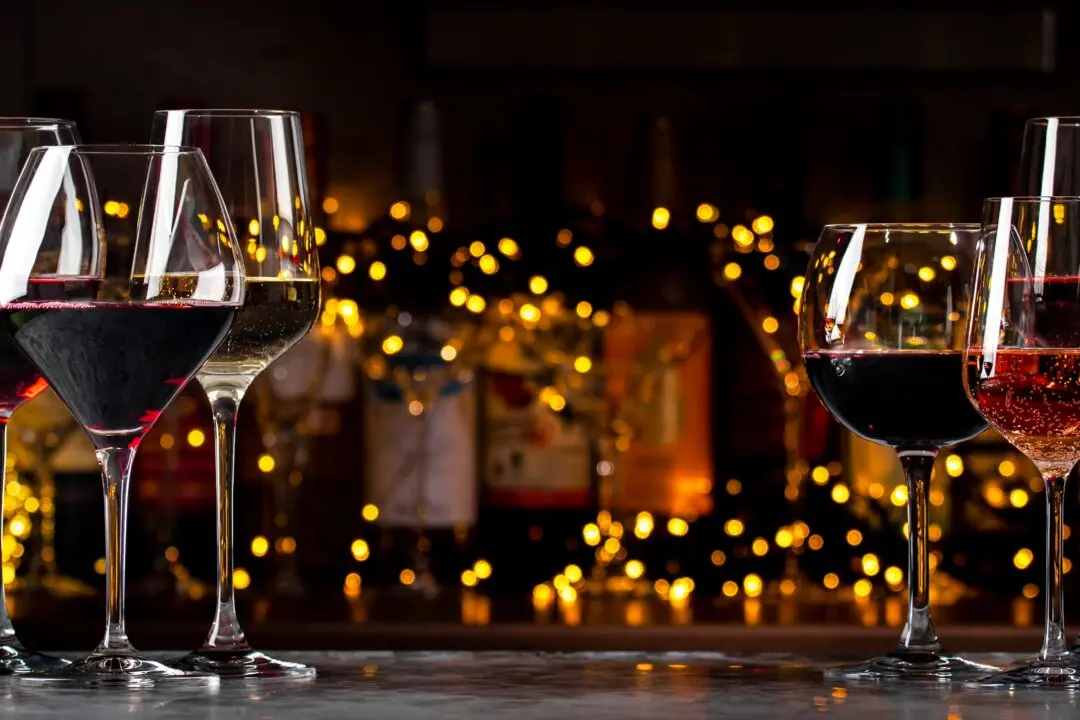There is a regional authenticity to certain food and beverage products, which is one reason that we make distinctions between the different coffees coming from Brazil, Ethiopia, or Hawaii.
And it’s why coffees from such special places cost more than blended coffees from unnamed places.

